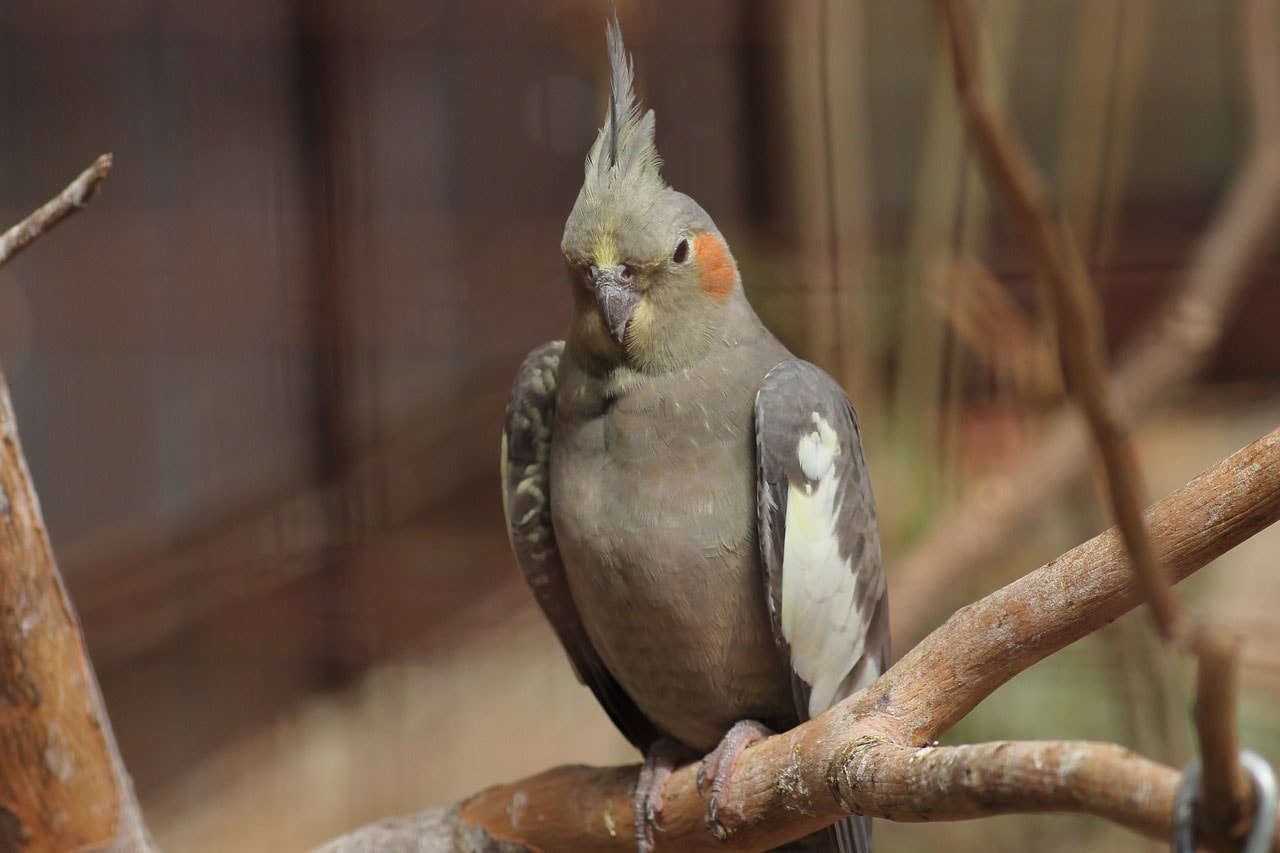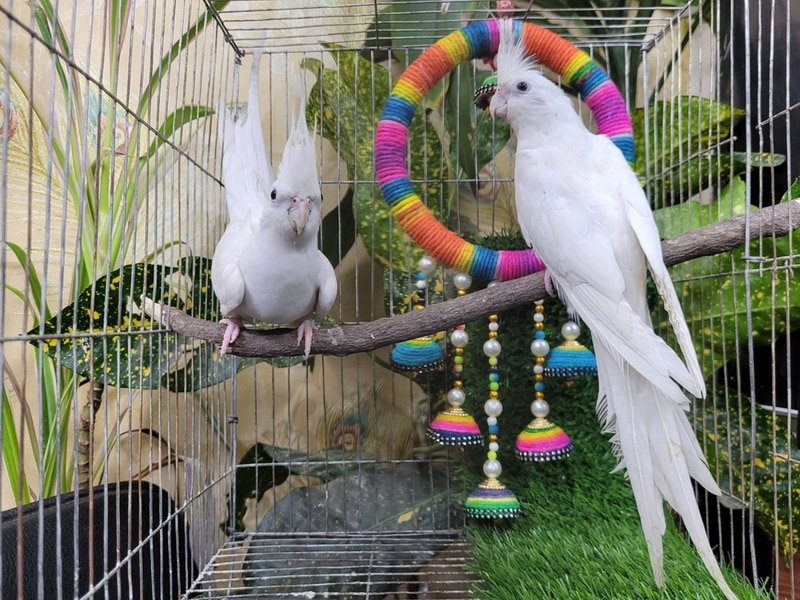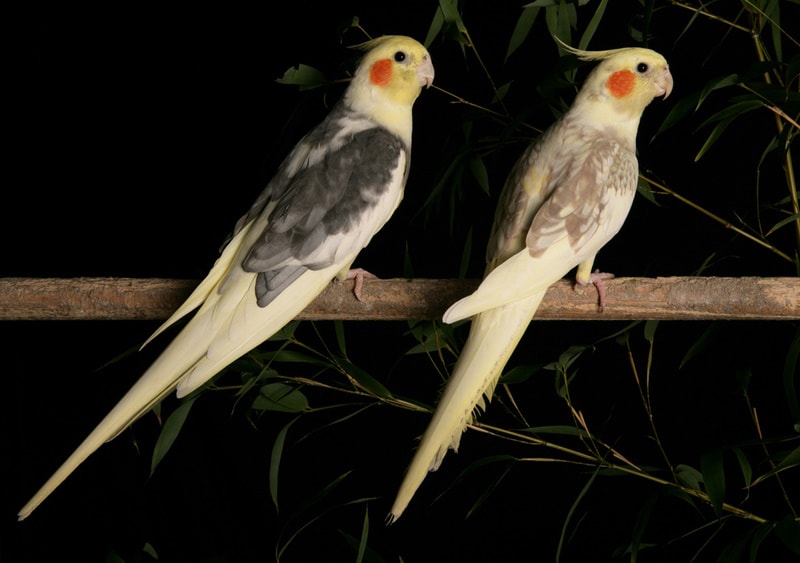Cockatiel vs. Parakeet: The Differences (With Pictures)
Updated on
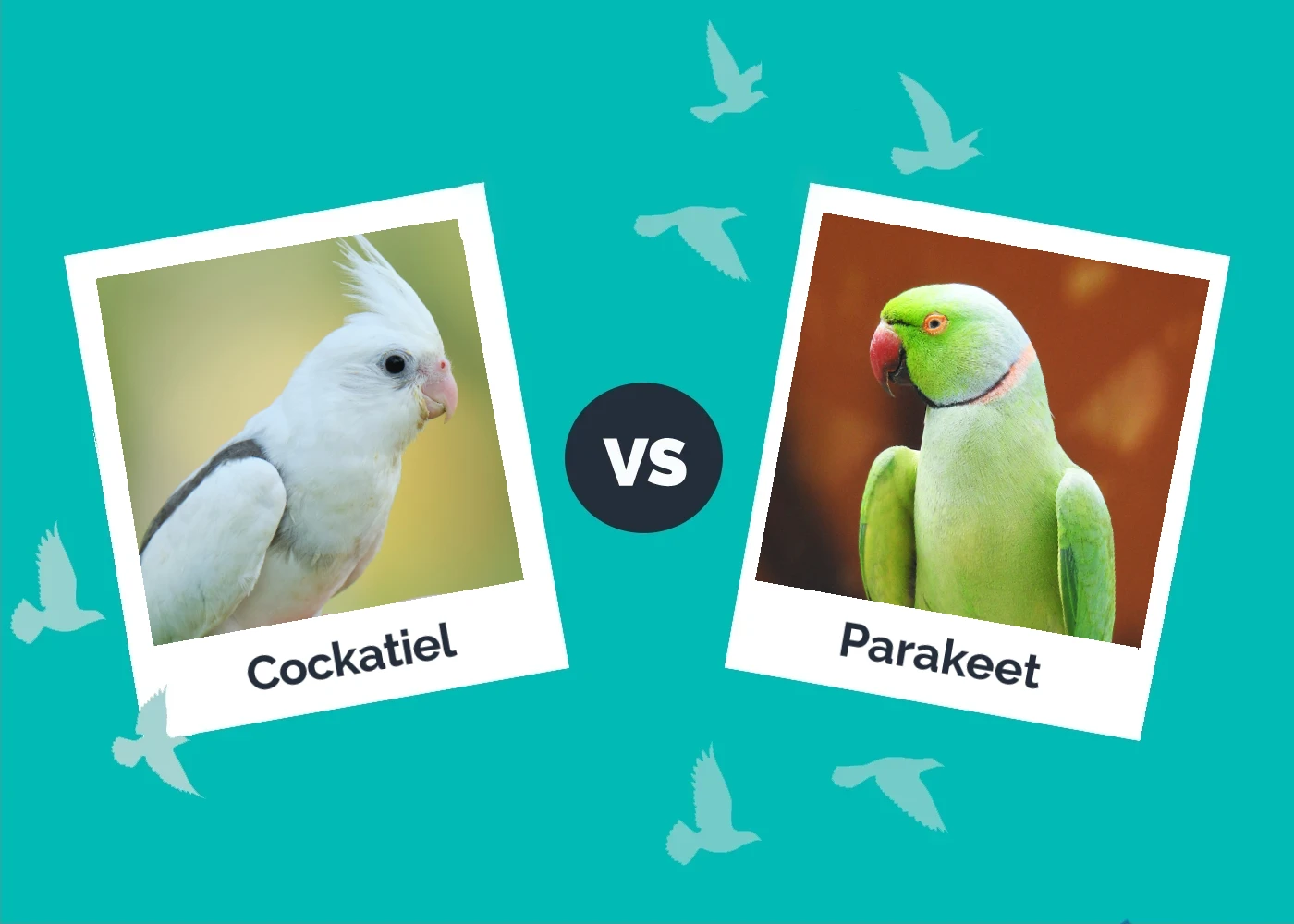
Cockatiels and Parakeets are both pretty common pet birds. However, they are extremely different. Cockatiels are larger, for one. Parakeets come in a wider range of colors, while Cockatiels tend to have fewer bright, exciting colors.
They both vary in temperament, too. While both intelligent and social, Cockatiels are easier to tame and far more cuddly. Parakeets don’t accept humans as readily, which may make them slightly harder to own.
The bird that works well for one person may not work well for the next. It’s essential to research the differences between these two species before you settle on one, as they are very different from each other.
Below, we’ll take a look at how these birds differ.
Visual Differences
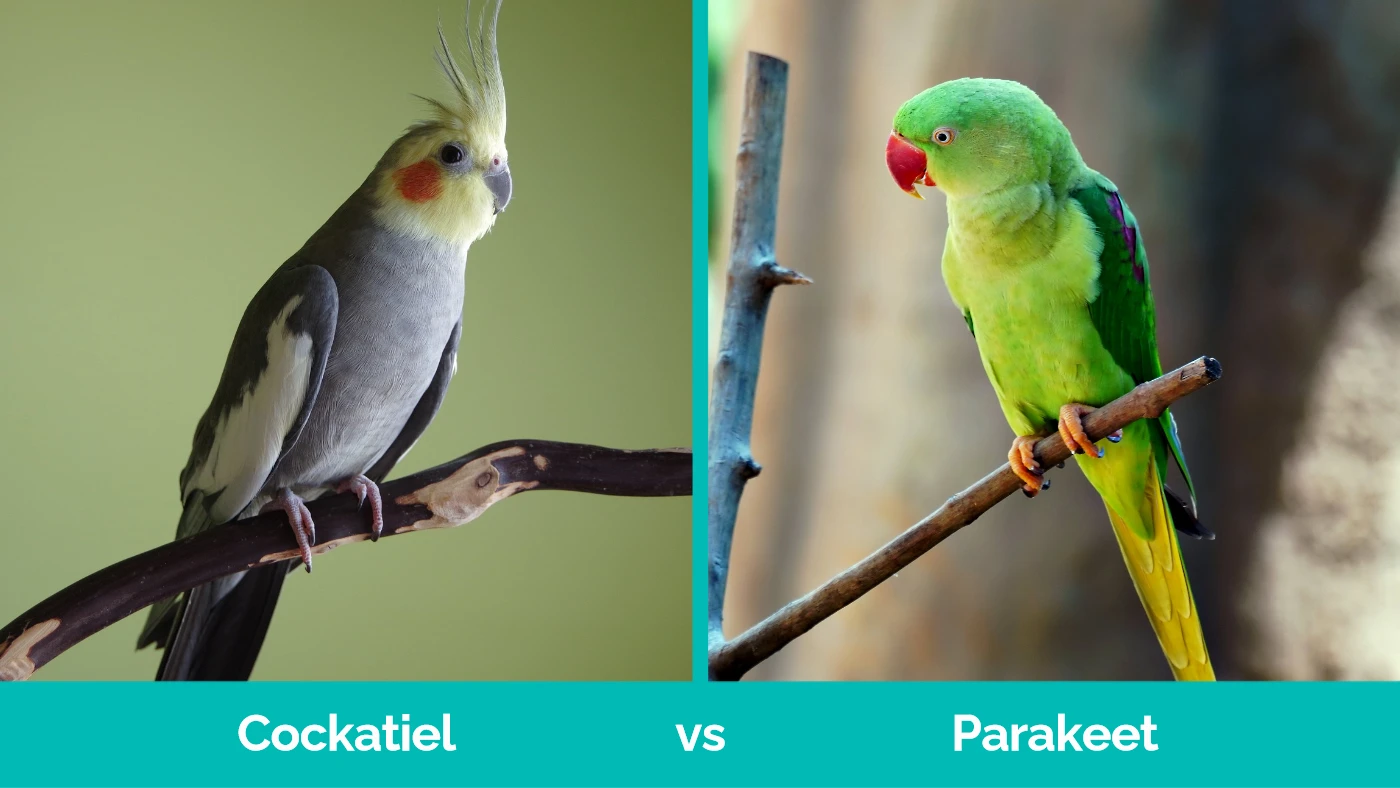
At a Glance
- Average height (adult): 12–14 inches
- Average weight (adult): 2.8–3.5 ounces
- Lifespan: Up to 25 years
- Exercise: 1+ hours a day
- Grooming needs: Minimal
- Family-friendly: Yes
- Other pet-friendly: Often
- Trainability: Intelligent, can learn to talk and do tricks
- Average height (adult): 5–11 inches
- Average weight (adult): 1–1.4 ounces
- Lifespan: 7–15 years
- Exercise: 1+ hours a day
- Grooming needs: Minimal
- Family-friendly: Yes
- Other pet-friendly: Often
- Trainability: Intelligent, can learn to talk and do tricks
Cockatiel Overview
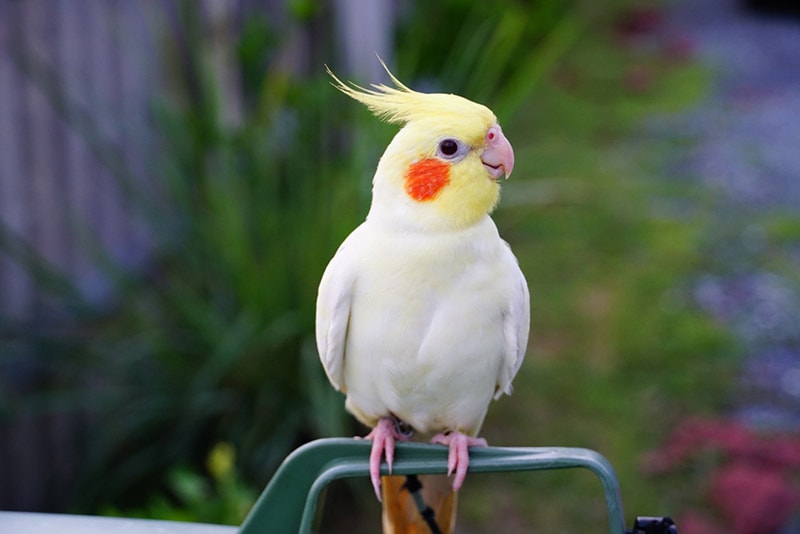
Cockatiels are small, intelligent parrots that belong to the cockatoo family. They’re native to Australia, where they live in bushland and wetlands. They’re extremely popular as pets, though, and they can live up to 25 years with proper care.
Appearance
Cockatiels have a pretty distinctive appearance that sets them apart from budgies. They have a long tail and a crest on their head. They’re mostly gray and yellow, which is pretty subdued compared to most popular pet birds. However, males do have somewhat brightly colored faces. Males are usually brighter than females, which is how they are typically sexed.
There are some color mutations, though these are rare, and usually, birds of a rarer color cost more.
Cockatiels are larger than Parakeets and they can weigh between 2.8 to 3.5 ounces. However, they are small compared to Cockatoos.
Personality
Cockatiels are very social, affectionate birds. They bond easily with humans and other birds, making them easy birds for first-time owners. These birds often like being handled and cuddled and even preen their owner’s faces and hair. They may even be suitable for older children, as they’re fairly easy to tame.
They sing a lot, and very prettily. They can learn to imitate tunes and sounds. They may “talk,” though many do not get very close to human speech—they mimic the intonation of your voice.
As playful, intelligent birds, they need a variety of toys and perches to keep them stimulated and happy. Otherwise, they can become bored and stressed, which can lead to a variety of problems.
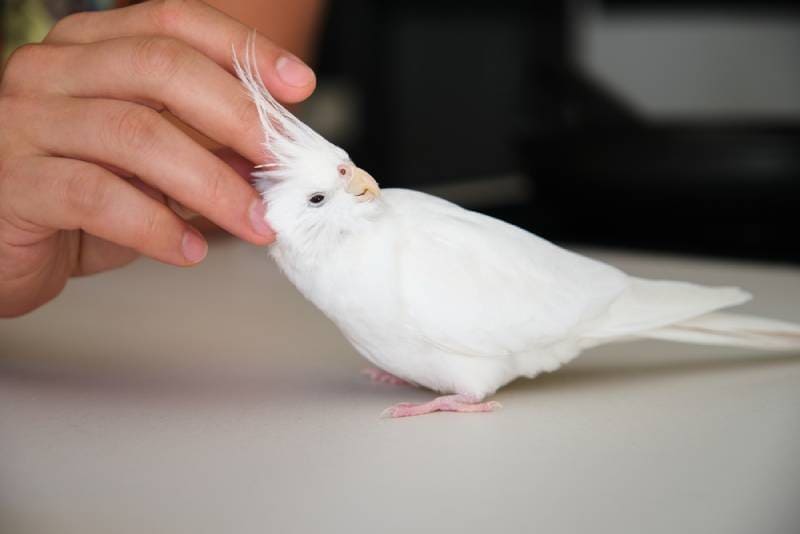
Diet
Cockatiels consume mostly grains and seeds. In the wild, they will consume fresh seeds from grasses and other plants. However, you have to be careful with feeding them seed-only diets in captivity, as most commercial seed mixes are very high in fat.
They also need fresh fruits, legumes, nuts, and veggies. These provide them with extra vitamins and minerals. This food should be washed and chopped before serving to make it easier to eat.
Instead of seed mixes, cockatiels do best on a pellet diet. However, it can be hard to switch a seed-eating bird over to pellets.
Housing
Cockatiels need a spacious cage that allows them to stretch and flap their wings. Bigger is better, as you might expect. However, the cage should be at least 24 x 24 x 30 inches. You’ll need to choose an even larger cage if you have more than one bird.
The cage should be specifically designed for birds. The bars should be no more than ¾ inches apart to prevent injury, and there should be a sliding metal grate on the bottom to collect droppings. Add food and water bowls to the cage, as well as toys and perches of various kinds.
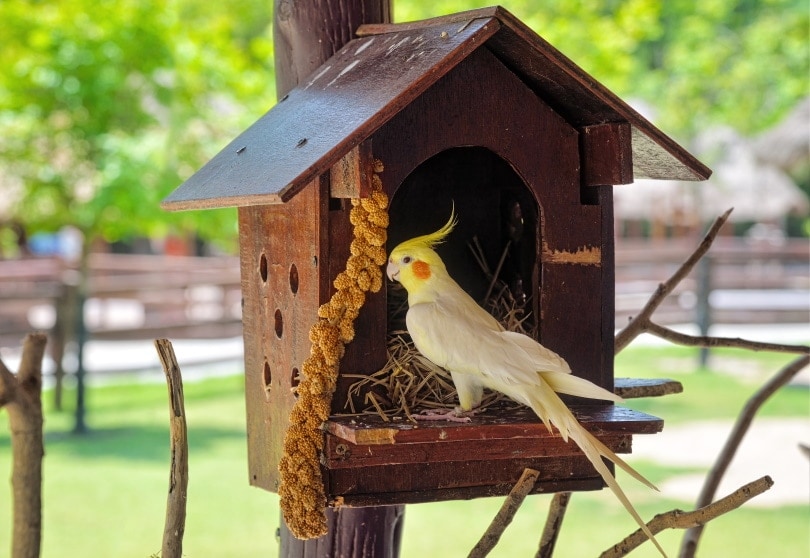
Health
Cockatiels tend to be rather healthy birds when cared for properly. However, they can suffer from health problems just like any other animal. Common problems include respiratory infections, feather plucking (often due to stress), obesity, scaly face, or psittacosis. To prevent these problems, you should ensure you’re feeding, exercising, grooming, and housing your bird correctly.
Most cockatiel health problems are completely preventable.
Suitable For:
Cockatiels are suitable for those looking for a friendly, intelligent bird. They’re intelligent like other parrots, but they are much smaller than most. They do require quite a bit of time, like most birds, as they’re very social and need plenty of socialization each day.
Parakeet Overview
Parakeets are small, colorful parrots that are native to Australia, Asia, Africa, and South America. They’re relatively popular companion birds, as they’re small and easy to care for. However, that doesn’t necessarily mean they’re for everyone.
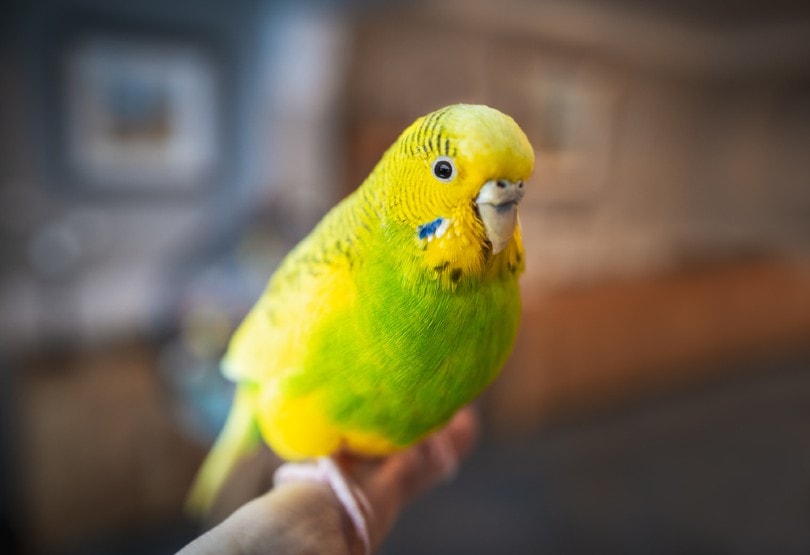
Appearance
Parakeets have slender bodies and long tails. They come in a wide range of colors and patterns thanks to selective breeding. Rarer colors do often cost more, but these birds are often pretty inexpensive.
There are actually several types of Parakeets, such as the Budgie, Monk Parakeet, and Ring-Necked Parakeet. All Parakeets only weigh about 1–1.4 ounces.
Personality
Parakeets are often harder to tame than other birds. This makes them more difficult to handle and more skittish, so they may not be suitable for owners that are looking for an exceedingly friendly bird. They are still social, intelligent animals, though; it just takes them a bit longer to get used to humans.
These birds can learn to talk, and some have an impressive vocabulary. They may even memorize and sing whole songs. However, their ability to speak does depend on the exact species.
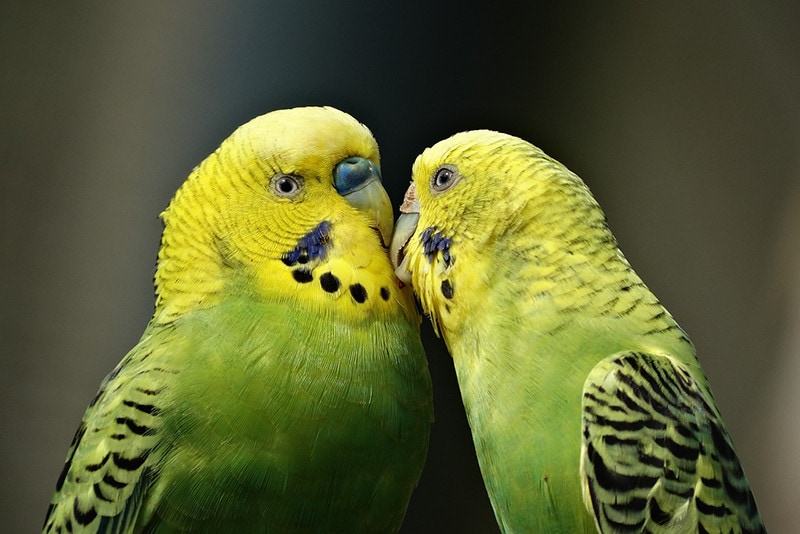
Diet
Parakeets are mostly seed and grain-eaters. However, they also eat fresh fruits, veggies, legumes, and nuts. These provide them with much-needed vitamins that they don’t get from seeds alone.
While these birds do consume mostly seeds in the wild, they do best on a pellet-based diet in captivity. Seeds sold in commercial mixes are often high in fat and not best for Parakeets. On the other hand, pellets are designed explicitly for Parakeets and other birds.
Housing
Parakeets are small, but they still need a spacious cage. They should be able to stretch and flap their wings without risking hitting the sides. Generally, this means that the cage should be 18 by 18 by 24 inches minimum. For multiple birds, you’ll need a larger cage.
The cage should be made for a small bird with bars that are no more than ¾ inches apart. You should not use a terrarium or anything with solid sides, as this doesn’t allow for proper airflow. The cage should have a removable grate at the bottom to catch droppings and make cleaning easier.
You’ll need multiple toys and perches for the cage, too.
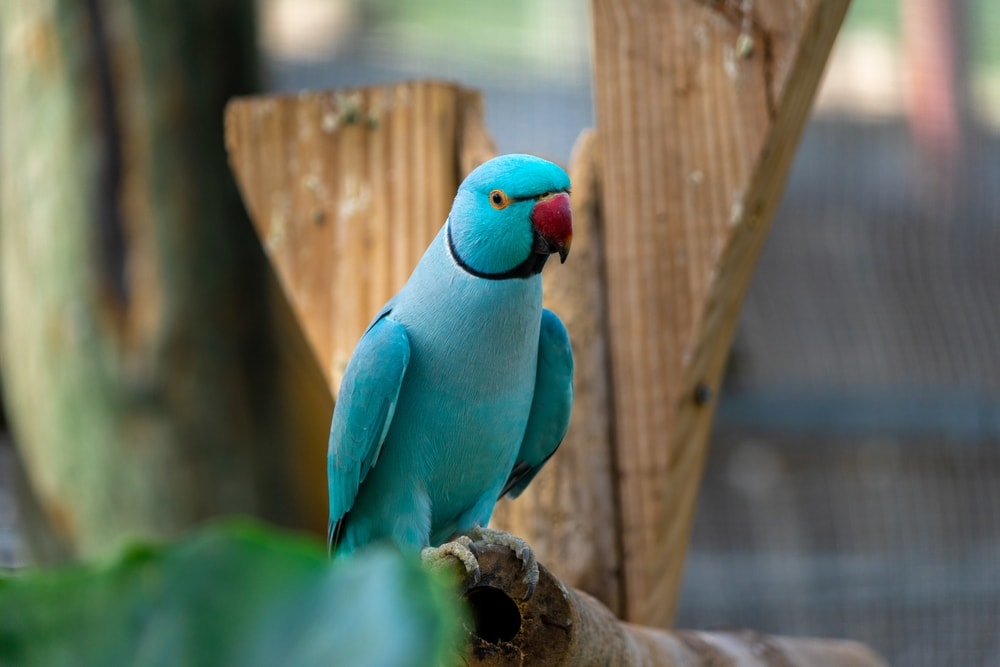
Health
Parakeets tend to be pretty healthy. However, they suffer from many of the same health problems as other birds. These include respiratory infections, feather plucking, malnutrition, obesity, and similar conditions. Luckily, practically all of these are preventable to some degree with proper care.
You should ensure that your bird is happy with the proper diet and housing to prevent these conditions. For instance, feather plucking is often caused by stress and boredom, which is often caused by an improper housing setup.
Suitable For:
If you’re looking for a talkative, colorful bird, then a Parakeet is probably your best option. They do need time and energy. However, they do tend to be less work than other parrots.
Which Breed Is Right for You?
Which breed to choose largely depends on what you’re looking for. Cockatiels and Parakeets are both great pets, but they’re rather different.
Parakeets tend to be more colorful and come in more varieties. They’re also more talkative and playful. Plus, they’re usually easier to find, too.
However, Cockatiels tend to be cleaner and have fewer health problems. They’re also more tamable, which makes them easier to handle. A Cockatiel is likely to sit on your shoulder as you walk through the house, but it’d take quite a bit of work to get a Parakeet comfortable enough to do this.
Related Read:
- Parrotlet vs Cockatiel: The Differences (With Pictures)
- Cockatiel vs. Budgie: The Differences (With Pictures)
Featured Image Credit: Left – Tiểu Bảo Trương, Pexels | Right – Sharath G., Pexels


